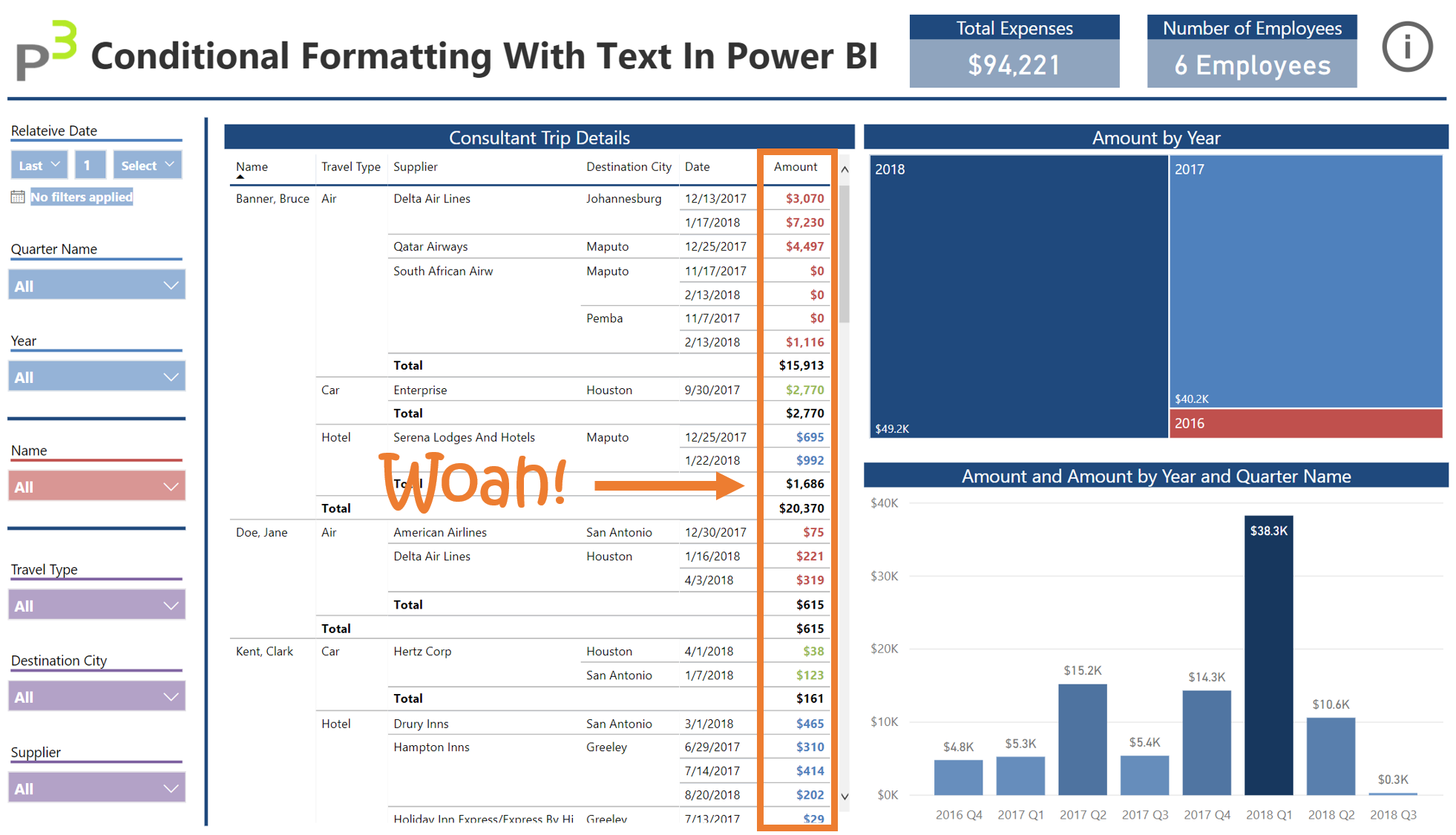In this multi-part series you'll learn techniques utilizing DAX, custom visualizations, and design techniques to create a great looking KPI Scorecard report in Power BI.
Part One will show you how to create the first set of KPI cards as well as the title card for each metric.







